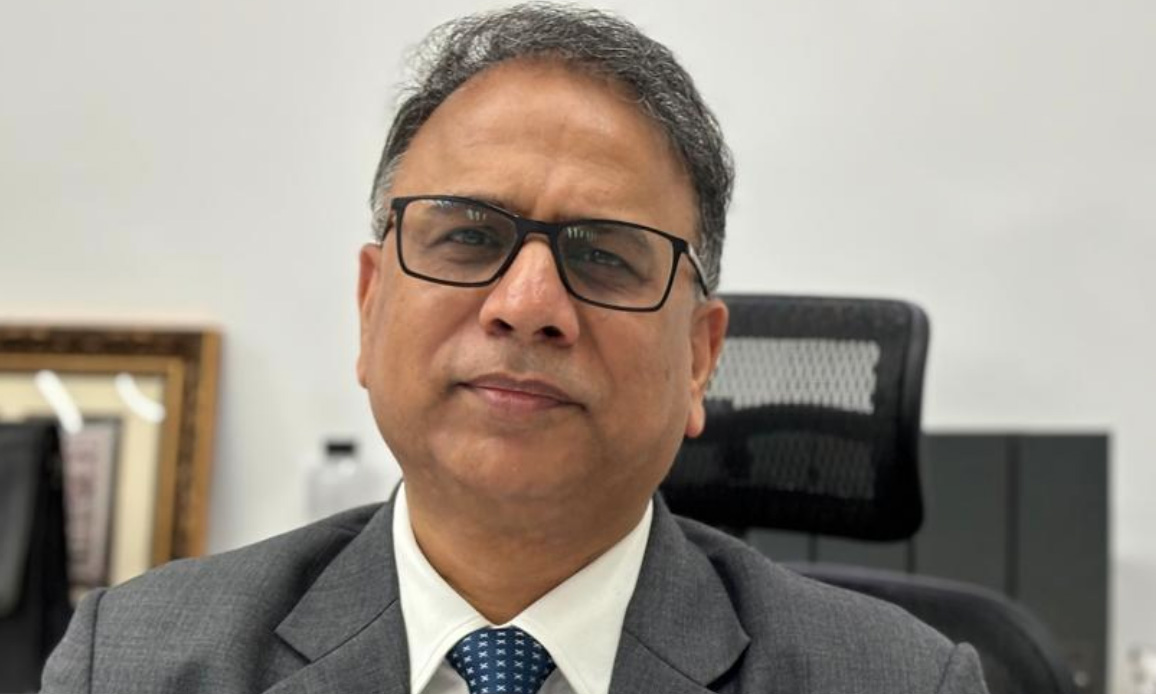Bhubaneswar; Odisha is aggressively accelerating its solar energy programs, including the PM Surya Ghar Abhiyan, with a focus on simplifying procedures, introducing innovative models, and boosting public awareness.
This strategic push aims to overcome existing challenges and significantly enhance the state’s renewable energy footprint.
High-level government engagement underscores the state’s commitment. Vishal Dev, Principal Secretary Energy, is actively working to accelerate efforts for the PM Surya Ghar plan.
This focus is evidenced by recent approvals for seven renewable energy projects totaling ₹11.91 billion, including solar, wind, and the state’s first battery storage project.
The state is implementing several key strategies. Efforts are underway to streamline application and installation processes for rooftop solar, ensuring smoother coordination among state nodal agencies, DISCOMs (electricity distribution companies), and banks. This aims to reduce typical delays in net meter installation and subsidy disbursement.
Odisha is also exploring a Utility-Led Aggregation (ULA) model, particularly beneficial for low-income households installing solar systems under 1 kW capacity. This approach seeks to minimize financial burden on individual beneficiaries and simplify the entire solar adoption process through bulk procurement and facilitated financing.
This complements the significant subsidies available under the PM Surya Ghar: Muft Bijli Yojana, which provides up to ₹78,000 for residential systems, along with an additional state subsidy of up to ₹60,000 for systems up to 3 kW.
Furthermore, enhanced outreach efforts are being directed to DISCOMs, urging them to intensify public awareness campaigns, especially in rural areas. The goal is to educate citizens about the long-term economic and environmental benefits of rooftop solar, addressing a historical lack of awareness among both consumers and distribution companies.
To expand clean energy access, particularly to the farming community, the state is also focusing on Feeder Level Solarization (FLS) under the broader PM KUSUM scheme. This involves setting up larger solar plants to provide dedicated power to agricultural feeders, ensuring reliable day-time electricity for irrigation and fostering a more solar-friendly environment. Odisha is seeking to expand the aggregate capacity under PM KUSUM-A scheme from 50 MW to 200 MW.
Santosh Sarangi, Secretary of the Ministry of New and Renewable Energy (MNRE), recently conducted a detailed review of these initiatives with Chief Secretary Manoj Ahuja in Bhubaneswar, highlighting concerted efforts at both central and state levels to ensure efficient implementation and overcome any bottlenecks.


